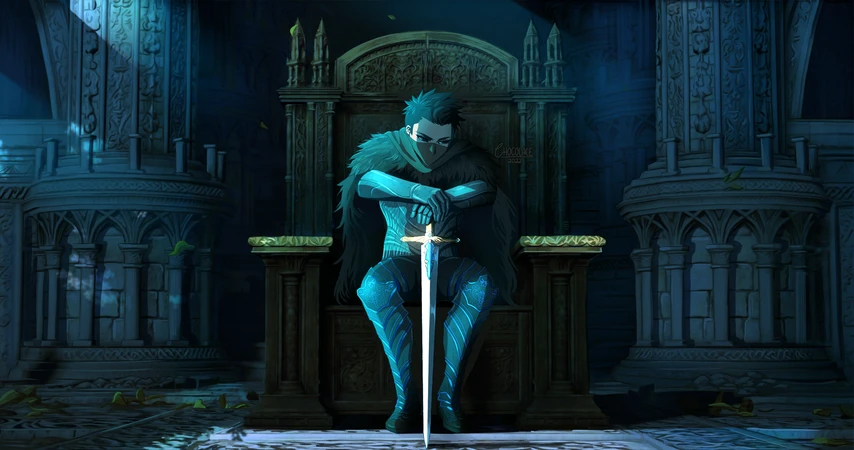Enotria: The Last Song
The tutorial is frustratingly designed, and fails to provide sufficient variety to how you are allowed to approach the game.
Enotria was a game I really looked forward to; admittedly, I always go into Soulslikes with low expectations to actually enjoy the game, because I’ve consistently looked to ‘scratch that itch’ with alternatives to the mainline Dark Souls & Elden Ring series but always found them unpleasant.
The combat attempts to fulfil the traditional Soulslike role, however the game favours a Bloodborne-esque quickstep when locked on to an enemy, and a proper roll when not: I will eternally malign Bloodborne for this, and I truly hate that seemingly every single other third-party Soulslike copies it. Providing two different dodging mechanics which feel different (and usually have different mechanical characteristics, such as when the iframes are applied) is not as predictable or accessible as a consistent roll dodge (which you can develop a muscle memory for). The dodges themselves also felt off, but I cannot assess whether this is a real effect or merely psychological (though I do observe this effect with every single third-party Souslike I’ve tried thus far); it may be nothing, or it could be down to a difference between the FromSoftware engine and Unreal Engine 5. In the little that I have played, there were thankfully no requirements to parry certain enemies, but a parry mechanic is still provided. An interesting mechanic is provided where you build up a secondary status bar (‘unravelling’) with each hit, and can deal a massive amount of damage once filled, which I thought was somewhat fun (though, I do find, usually renders the actual health bar for most enemies redundant, which is an odd design), and there is an elemental system where using certain skills can imbue your weapon with a specific element, which is strong againt enemies which are infused with its weakness; similarly, these elements can be applied to you as status effects, where they are not just outright debuffs (such as increasing both damage dealt and received). This is one of the few mechanics that are clearly communicated in the UI, with a clear elemental Rock-Paper-Scissors reference always visible in the top left. Unfortunately, whilst the game does provide these interesting twists, I found that the weird feeling dodges, use of quicksteps, and the insufferable insistence by the game that a light attack whilst sprinting will arbitrarily become a heavy attack (and therefore take long enough to actually hit that the enemy has hit you first) put me off the game’s combat entirely.
The tutorial is poorly handled and felt very frustrating: menus are introduced by completely railroading your inputs, such that your cursor is locked to whatever it is that the game wants you to press; this completely fails to actually teach anything meaningful, as you cannot explore the menus at your own pace to work out how the keywords that the game throws at you relate to everything else; the significance of equipping a Mask which increases a stat is unclear when you do not know what that stat affects, but you cannot check that detail until the tutorial is over. Some details are simply never communicated (at least before the first open area), such as the timing of an attack being conveyed using musical jargon; I am not a musician (at least beyond an amateur level) and certainly do not understand the Italian words the game uses to describe the speed of an attack (at least at the moment…), so this was fundamentally useless. Dark Souls & Elden Ring struggle with communicating certain aspects, but frankly Enotria’s handling of the UI is a masterclass in how not to do it, as whilst my complaints about Dark Souls boil down to the game not providing actual numbers when it could, Enotria takes this a step further with opaque words that have little meaning to me, a barrage of jargon in the railroaded tutorial which you cannot cross-reference with other menus because of the railroading, and arbitrary icons; I still do not know the name of the currency used to purchase upgrades, as the only representation of it I’ve managed to find is exclusively a bloody icon. GIVE ME WORDS TO USE, PLEASE.
Ultimately, I did not overall enjoy the hour I played of it, and am unlikely to play more, which is unfortunate. I got tired of the game’s bullshit too soon to render a real judgment on the level design, but it didn’t seem to a basic linear design, so there’s promise on that front, I think.
